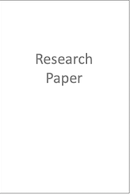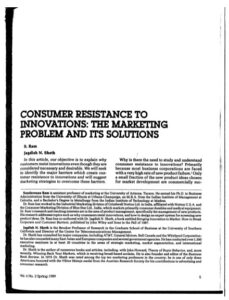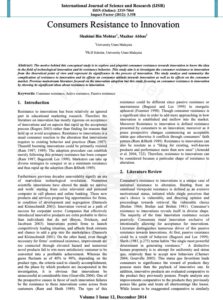An interesting set of comments by Bass on his work, after it had been selected one of the 10 most influential papers in the journal Management Science (for its 50th year anniversary publication).
Welcome to the Library
Hello. Why don’t you pull up one of those nice comfy chairs. Go on, settle yourself down in front of the crackling fire, with a good cup of tea (or coffee, or something stronger, the choice is yours).
This is my virtual library where I list the books and articles that have sparked my interest and thoughts. I’m not intending to give a detailed review of these books. Rather, just to highlight points of interest.
If you’re looking for the list of references, then you should try here.
I hope you find the items in the library as interesting and thought inspiring as I have! If you’ve got any comments or suggestions of other books and articles, please let me know!
An interesting set of comments by Bass on his work, after it had been selected one of the 10 most influential papers in the journal Management Science (for its 50th year anniversary publication).
Christensen, C. M., Dillon, K., Hall, T., Duncan, D. S. (2016)
Davidson, R., Walley, P. (1985)
In the extreme, opposition to innovation has been called innovation sabotage
Lintula, J., Tuunanen, T., Salo, M. (2017)
Introduces a conceptualised framework for co-destruction of value
Ram, S., Sheth, J. (1989)
Gives the main barriers that cause resistance.
bin Mohtar, S., Abbas, M. (2014)
Farquhar, J. D. and Rowley, J. (2009)
Ballantyne, D. and Varey, R. J. (2006)
Moore, G.A. (2014)
Bitner, M.J., Farander, W., Hubbert, A., Zeithaml, V. (1997)
introduces concept of customer as a temporary employee during service provision








